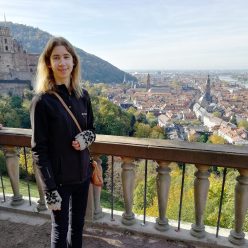Yesterday, 10th February 2020, saw the successful launch of the Solar Orbiter satellite. This mission will, all being well, provide us with an unprecedented view of our sun, giving us a much better understanding of solar activity, the causes of solar flares and eruptions, as well as in-situ measurements of the solar wind. Let’s break that down a bit.
The sun’s atmosphere, is huge, yet most easily observed from Earth (without extra technology) during a solar eclipse. The uppermost part of the atmosphere is termed the Corona. The solar wind, a stream of charged particles released from the sun, reaches far beyond Earth out through the solar system, yet also has a protective effect against cosmic radiation. For some idea of the scale, the Voyager 2 satellite, launched in 1977, passed Neptune in 1989 yet left the heliosphere in 2018.
Occasionally, the sun releases a significant amount of material (plasma) in a Coronal Mass Ejection (CME). These CME events have the potential to damage and disrupt satellites in orbit around Earth, which could quickly bring down communication and navigation services on which we increasingly rely.
Part of the scientific goals of Solar Orbiter are to better understand these transient events, how and where they form, whether they can be predicted. Solar Orbiter will also give us our first close views of the suns surface near its poles. Just a couple of weeks ago, the most detailed images of the sun’s surface yet were made public, from the Daniel Inouye telescope in Hawaii, resolving for the first time details on the sun’s surface as small as…18 miles.
Despite being continuously seen from Earth, there is a lot we still do not understand about our sun. However, we will have to wait a while for Solar Orbiter to reach it’s final destination, science performance to be verified and the first results made public. Just a few more years should do it.
(see also https://www.mps.mpg.de/solar-physics/solar-orbiter )
